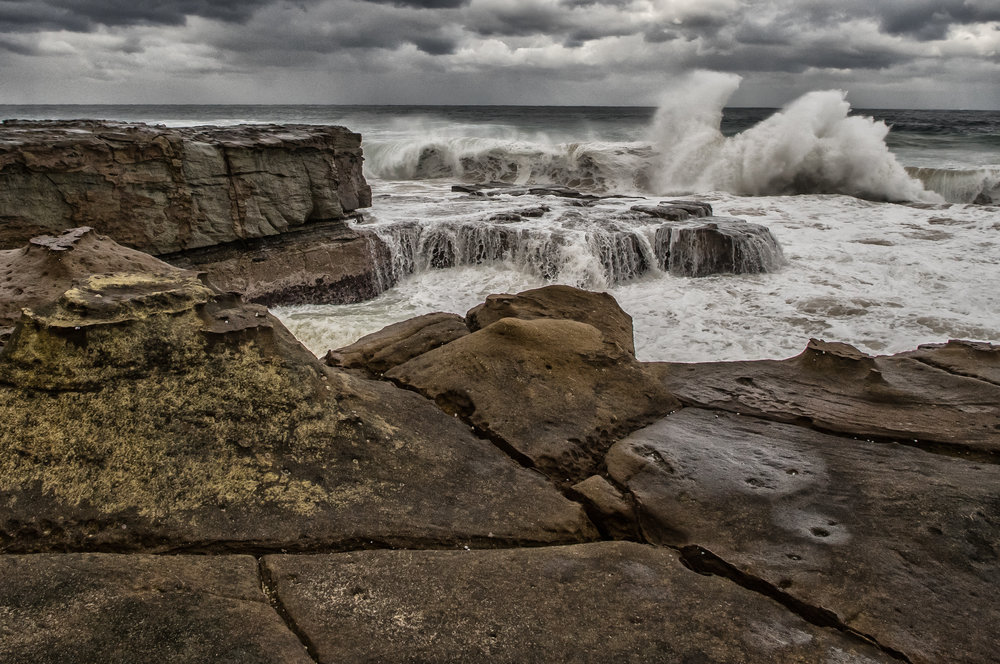
At long last I have just sold the Sony a7 camera which I acquired nearly three years ago. At the time the Sony a7 was the “in” camera and friend Roger in the UK, whose opinion and expertise I respect, had just bought one and he was very enthusiastic about it — and as far as I know he still is.
Now over the years I’ve owned a few cameras and I’ve always bonded with them. I loved my original Leica, the Olympus OM2 and all the film Leicas — they were gorgeous. I was never so keen on the big clunky Canon EOS SLRs but they were great tools. I did handle a few Sony a7s before I took the plunge but as soon as I unpacked the purchased camera I knew something was amiss. It just did not feel right. It felt like a lump of plastic electronics — not a camera. The haptics were all wrong. But it got worse when I came to use it. The menu system is a total nightmare, as are the controls. Knobs and buttons everywhere and the knobs did not have a nice mechanical feel when used. To put it bluntly I hated it but I thought that I have it so I will persevere.
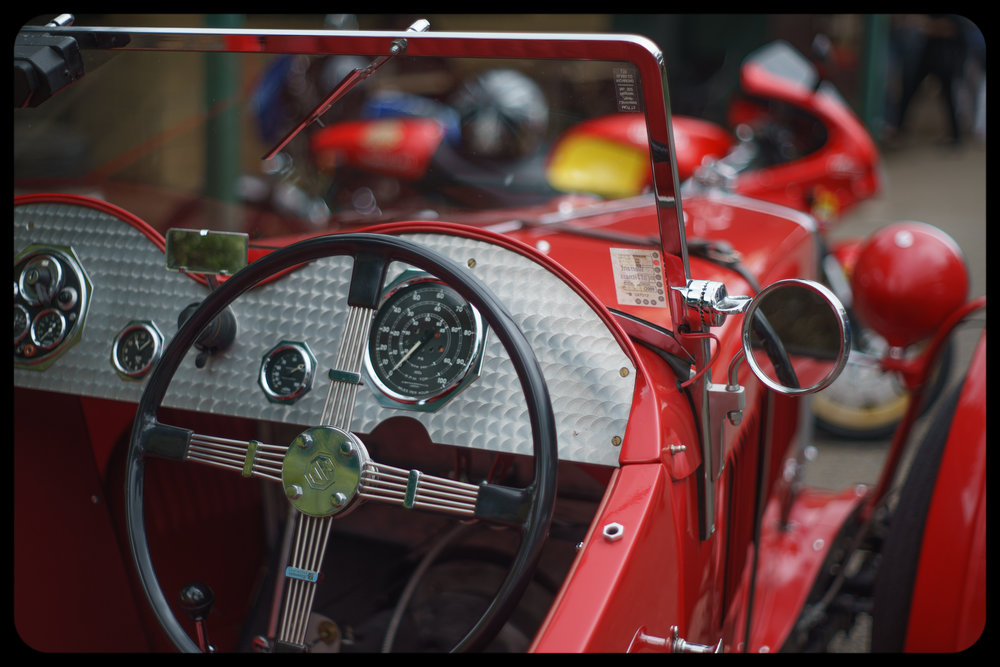
The camera came with the Sony kit zoom lens which, like most kit zooms, is nothing special. At the time Sony’s selection of a7 lenses was pretty thin so I bought some adapters and used several very good legacy lenses which I had in my cupboard. Using these was not much fun. All the forums and fan sites carry on about the joys of using legacy lenses but for the most part they are a pain. I did not have a problem with IQ using the legacy lenses. I just found the whole process of using manual lenses on what is an automatic platform tedious. The best IQ came from the set of Zeiss Contax G series lenses I owned but the adapters for these are clunky and do not give a smooth interface. Maybe the joys of manual focusing and manual aperture selection are still appealing to many but for me it was simply a faff.
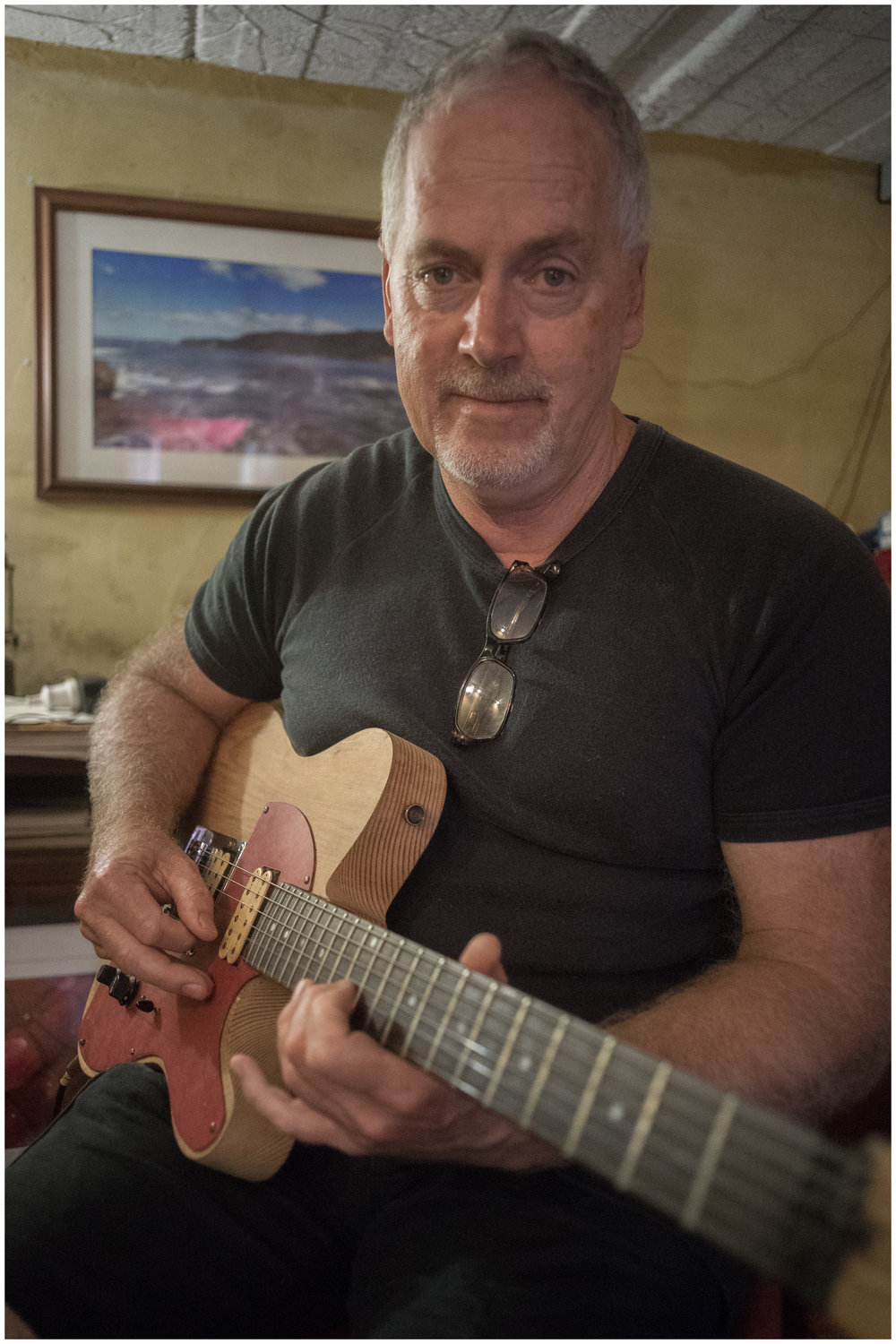
It was not all bad news as I did get some good action photos and shots of my grandchildren with it. But it was hard work. After a few months I put the a7 up on eBay but got only silly offers. So it stayed on the shelf, unloved and largely unused. A couple of weeks ago I decided that it was silly leaving it there: The batteries would go off and cameras do not improve through lack of use. So this time I put it on Gumtree. There were quite a few a7s on offer on the local Gumtree and most were the higher resolution later models. It was a crowded market but in the end I took a fair offer and the Sony has gone. Thank goodness. A lesson learnt.
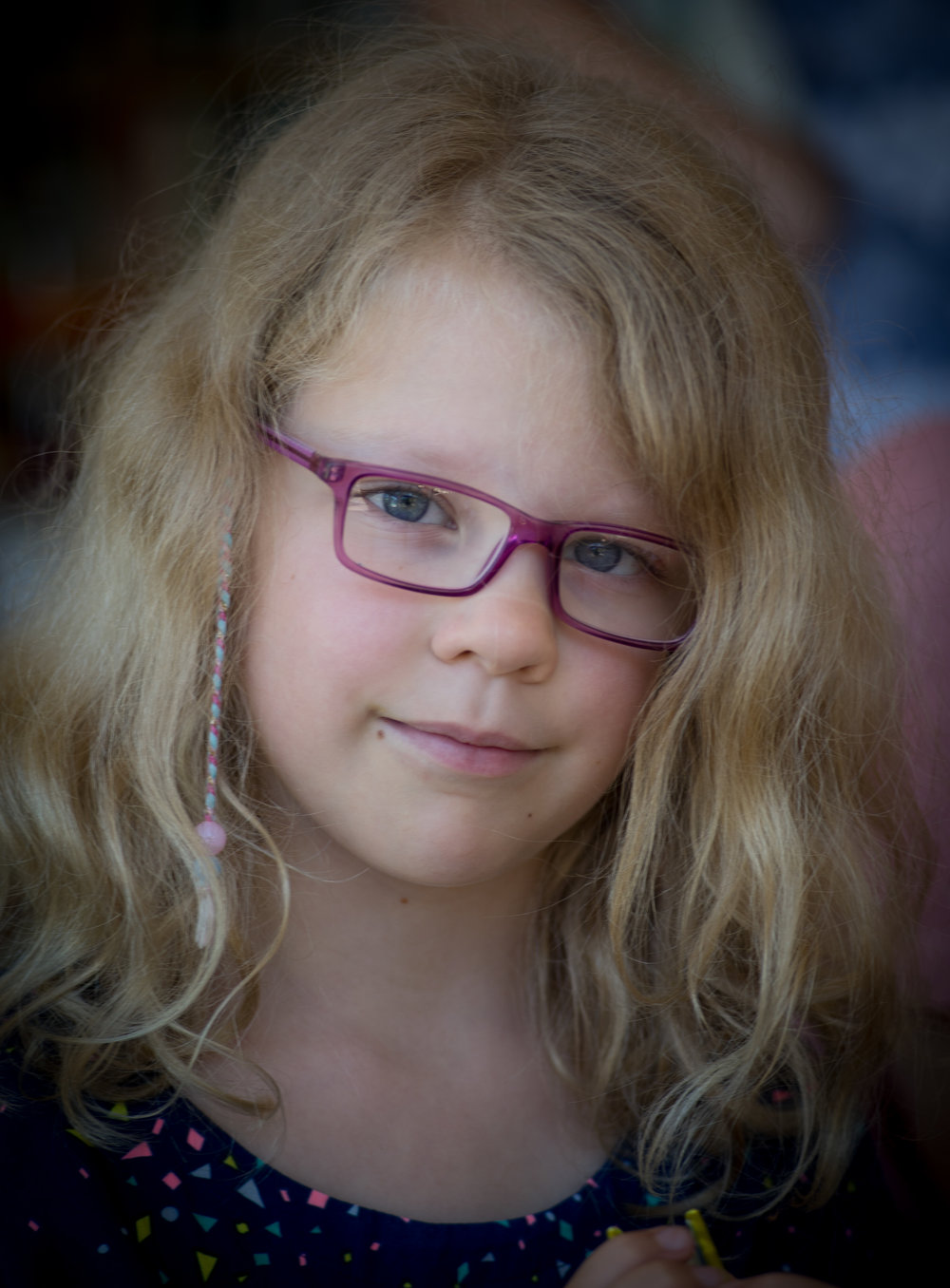
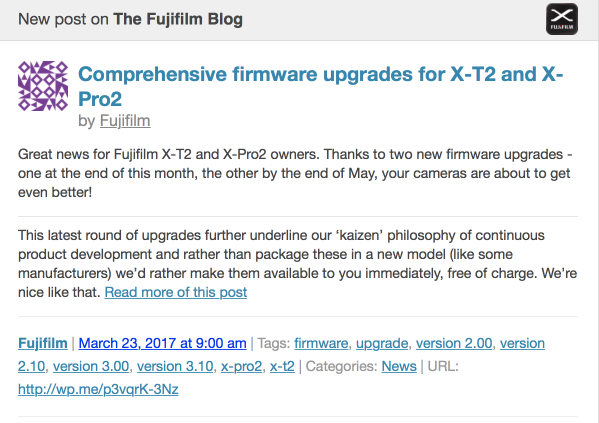
I have only myself to blame. I had this gut feeling that I just wasn’t going to like the camera but then I thought “look at the enthusiastic reviews — this is the way forward”. I should have gone with my instinct. I got back 57% of my original outlay on the camera, accessories and some additional batteries and a remote charger so it was quite an expensive lesson. But given how many there are on offer I count myself fortunate to have achieved this figure.
Now apart from the film Hasselblad, which is another issue, I am back to being 100% Leica and it is going to stay that way going forward. You can only have one Sony a7 in your life.
______________



I had the same experience but waited too long to admit it to myself.
Now I have a shutter button that only works 80% of the time and don’t want to use the A7 anymore.
I sold my 5d Mk2 and 2 L lenses to fund the A7…….missing my 5D.
Currently a fujifilm shooter, came from canon. Loved reading this article, it’s confirmed what I feel about sony. Sure I get tempted by some of their cameras, but ultimately ergonomics wins! if you have to fiddle with complex menu systems, you’re defeating the point of photography.
I am hoping to invest in some Leica glass for my XT2, the 50 cron is what I am after. I came across your site, whilst looking for user experience of the glass. I am always flabergasted by what Leica can do with glass, the look and feel of the images that come out of camera is really something unrivalled. Sure I can’t afford their camera, but some of their glass I hope will be a match made in heaven for my XT2.
Dear Andrew,
Thanks for the feedback. That’s an old article but I haven’t changed my view on Sony. I keep seeing details of all the latest cameras but realise that it is something of a treadmill. Fuji and Leica are not always changing in order to make owners dissatisfied with last year’s model.
You can’t go wrong investing in some Leica M lenses. If you buy wisely you will not lose much. In the kong term the price will rise precisely because these are mechanical marvels with no electronics to wear out or become obsolete.
When buying M lenses to use on the X-T2 don’t forget to take the crop factor into account. The 50 Cron is effectively a 75mm on APS-C and you might find this a little long for general use. A good starting point is the 35 Summicron which becomes 52mm. Or even the cheaper but still great 28mm Elmarit which is a 42mm.
Enjoy your experimentation with Leica glass. I think you will find it very rewarding.
Mike
I came to this article by way of the article on complex cameras made simple.
A few months ago I picked up a Leica BEOON to copy negatives. What a brilliant little tool! Not having a camera that would work with it, I tested a Fuji XE-2 and a Sony A7. In this application the A7 was easier to use on the BEOON. I had no interest at the time of using the A7 outside this application. But, curiosity got the better of me and ordered and adapter to use my Leica glass. I was surprised at how much I liked it. In the past at shows I’ve picked up an A7 series and been underwhelmed with the EVF experience.
My first thought of the A7 was it’s a computer first,
Once I locked down the camera and started using focus peaking I began to appreciate the camera. In reality I didn’t find the A7 any worse than the complexity that awaits me with the Fuji X series or the Ricoh GR. I really appreciate the simplicity of my M262.
While I don’t see myself using the A7 as my primary camera, it’s viable alternative as a backup solution to my M glass. I even picked up a C/Y adapter to use a Zeiss 50/1.4 and 28/2.8. The A7 with a 35 now goes into my work backpack and goes places I don’t want to take the M.
In fact, I have plans to sell my Fuji X100T, Canon 6D and pair my digital offerings down to an M body and the Sony A7 as the A7 can seemingly do what I ask of the the Fuji and Canon.
Hi Jim,
I don’t disagree with you in that the Sony does produce good results and I found it worked well with most Leica lenses. My beefs are with the complex menu and the rather fiddly controls, plus the proliferation of new models which makes a new purchase obsolete almost before you leave the shop. On the other hand the relatively low price is a compelling advantage.
Thanks for the article! I feel pretty much the same about cameras, although I don’t see myself as a techno junkie. To me the camera is a tool to make photographs. The right camera talks to me, kindof. The Sony A7 line did not talk to me at all. I also diskiked the user interface / menu system. The same goes for many other camera systems. I am a Leica M user since I bought my first used beaten up double swing M3 back in 1975. Parallel there was a long time with SLR cameras–only very few felt "right" to me. Last year I got rid of my DSLR equipment because I think that SLR is a dying technology. Now I cameras / sytems that feel completely right to me–Leica M-P and Fuji X-Pro2.
John as I have said before you and Mr Evans do more for Leica than Leica does for themselves and you should be their Ambassadors!
"as soon as I unpacked the purchased camera I knew something was amiss"
I kept mine for less than three months which is the shortest time for any camera I have owned.
I was also seduced buy the rave reviews so obviously not everyone sees things the same.
I consider this to have been a learning but frustrating and costly experience for me and resolved to stick to Leica and when the need arises Nikon.
I’m glad you shared this deroute, John, even if only for the super portraits! – You, of course, and you could do them just as well with a Leica. It’s funny this bonding business. I have actually managed to have a working relationship with the Sony NEX system, though I thought I’d made a dreadful mistake after buying the C3. However, when I got a Zeiss lens for it, I began to enjoy it. What I really hate is changing lenses, and so I now have 3 Nexes (including the a6000) with two primes and the Zeiss zoom. It’s a good set-up. But it can’t supplant in my affections my compact and APS-C Leicas. It’s your point (in miniature) about the difference between a plastic box of electronics and a tactile connection with the camera, however small.
John, I feel your pain! Thank goodness I resisted taking the A7/A7rII plunge. Jono Slack talked me out of it. Now I am selling off unused equipment to fund the M10. I sold my Nikon D700 with MBD10 and several accessories last week on eBay to the tune of $ 900, having paid $ 2,600 for the camera and vertical grip some six years ago. Ouch, I should have sold it sooner! At least the Leicas are much less of a depreciating asset. I think I held on to the D700 because it was such a good camera, and I had some killer lenses from Nikon for it. I had a need for the Nikon for sports and wedding/event photography, but I haven’t done much of that in the past few years and hadn’t used the Nikon since acquiring my M9-P four years ago. I’ve been a Leica user my whole photographic life, so the M9 was like coming home again. Two years ago I acquired the MM1. Now it is time to move the M9-P (any takers?) and move to the M10.
Lesson learned: hanging on to old Leicas (non-digital and certainly the lenses) is OK. Don’t hang on to any other brand unless you have a good reason to, because you will take a beating the longer you wait.